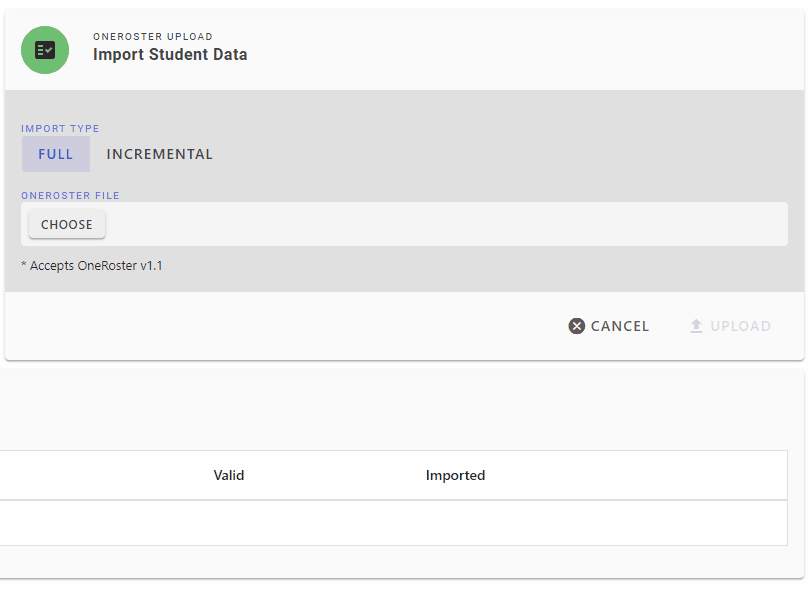Seamless UX with Blazor Part I
In my experience, simple user experiences (UX) are quite often not so simple. Given a user upload feature that allows the user to upload a file and from that action to validate the file and notify the user of various status changes. Okay, maybe, that is not too simple, but to an end-user this task does not feel too complex – or should not be complicated to the end-user.
How do we make this seamless and what does that mean?
I think a lot of applications are seamed in their early stages; let me explain. A user clicks on a link → server processes → server returns OK → redirect user to a success page. Seamless UX simplifies this interact for the end-user to make their experience simple and complete.
Keys
- Consistent
- No locking of UI
- No sudden interruptions
- Simple
Delivering Seamless UX
The stack of Blazor WASM (WebAssembly), Web API, Entity Framework, Hangfire, and SignalR allows for delivering a great seamless experience to the end-user. It is also such a fun stack to write software on. Writing C# from the backend to the frontend is a great expeience! Next, we will take a look at a feature request for a personal project I am working on.
User Upload Feature
| Feature | Description |
|---|---|
| Upload and Validate | Add the ability to upload a one roster file and have it validate (returns true or false) |
Here we can see the seamless components working together to help the user complete their task.

The complexity of simplicity
Note: Component A and Component B never directly interact with each other.
SignalR is responsible for notifying the connected client components that a create/update has occurred. It does not necessarily need to be the user executing the action that needs to know the update is occurring. For instance, a user on the page looking at the uploads will also get this notifications.
Server SignalR
ImportFileHub.cs
using Microsoft.AspNetCore.Authorization;
using Microsoft.AspNetCore.SignalR;
namespace Data.Shared.Hubs;
[Authorize(Roles = "Support Admin")]
public class ImportFileHub : Hub
{
}
ImportFileNotificationService.cs
using Data.Shared.Hubs;
using Microsoft.AspNetCore.SignalR;
using Services.Interfaces.Notifications;
using System.Threading;
using System.Threading.Tasks;
namespace Services.Implementations.Notifications;
public class ImportFileNotificationService : IImportFileNotificationService
{
private readonly IHubContext<ImportFileHub> _importFileHub;
public ImportFileNotificationService(
IHubContext<ImportFileHub> importFileHub)
{
_importFileHub = importFileHub;
}
public async Task NotifyAsync(
ImportFileProcessingStatus status,
string fileName = "",
string message = "",
CancellationToken token = default)
{
if (_importFileHub.Clients != null)
{
await _importFileHub.Clients.All.SendAsync("ImportFileUpdate", new ImportFileUpdate
{
FileName = fileName,
Message = message,
Status = status,
}, cancellationToken: token);
}
}
}
ImportFileUpdate.cs
namespace Data.Shared.Hubs;
public class ImportFileUpdate
{
public ImportFileProcessingStatus Status { get; set; }
public string FileName { get; set; }
public string Message { get; set; }
}
ImportFileProcessingStatus.cs
namespace Data.Shared.Hubs;
public enum ImportFileProcessingStatus
{
Imported,
Processing,
Scheduled,
Uploaded,
Validated,
}
This is the main engine for notifying client of Processing Status updates. Consuming on the client side (and I’ve abstracted much of the complexity to a higher level) like the following:
We can receive the SignalR message with a custom hub that has an EventCallBack<ImportFileUpdate> OnFileStatusChange that will fire when we receive that notification on the client side.
Client WASM
ImportFilesList.razor
/* Listing Component */
<ImportFileHub OnFileStatusChange="FileStatusChange"/>
We will bind that event to a method on our ImportFilesList to execute when it occurs → to refresh our data.
ImportFilesList.razor.cs
protected async void FileStatusChange(ImportFileUpdate importFileUpdate)
{
await importFilesGrid.Reload();
switch (importFileUpdate.Status)
{
case ImportFileProcessingStatus.Processing:
case ImportFileProcessingStatus.Scheduled:
NotificationService.Notify(NotificationSeverity.Info, "Import File", importFileUpdate.Message);
break;
case ImportFileProcessingStatus.Imported:
NotificationService.Notify(NotificationSeverity.Success, "File Import Complete", importFileUpdate.Message);
break;
case ImportFileProcessingStatus.Uploaded:
NotificationService.Notify(NotificationSeverity.Success, "File Import Uploaded", importFileUpdate.Message);
break;
case ImportFileProcessingStatus.Validated:
NotificationService.Notify(NotificationSeverity.Info, "Import File Validated", importFileUpdate.Message);
break;
}
}
Part II will continue with seamless feedback for the user!

Comments
0 responses